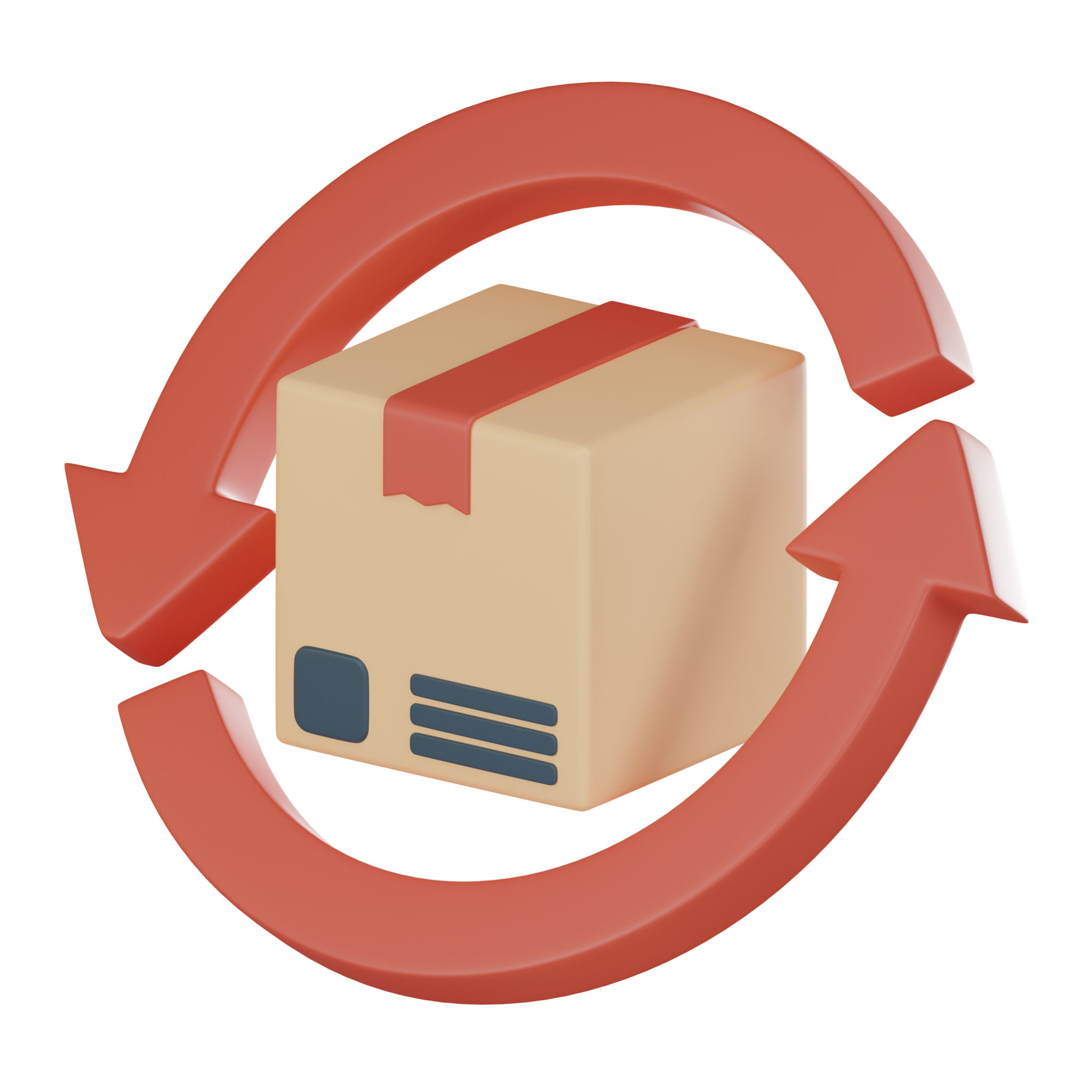Reverse Logistics Explained: Streamlining Your Returns Process
Understanding Reverse Logistics
In today's dynamic marketplace, businesses must efficiently manage not just forward logistics, but also reverse logistics. Reverse logistics refers to the process of moving goods from their final destination back to the manufacturer or distribution center for returns, repairs, remanufacturing, or recycling. This process is crucial for businesses aiming to enhance customer satisfaction and minimize losses.

The Importance of Streamlining Returns
With the rise of e-commerce, the volume of product returns has significantly increased, making it essential for companies to streamline their returns process. An efficient reverse logistics system can lead to cost reductions, improved customer loyalty, and a smaller environmental footprint. Streamlining these processes can also give businesses a competitive advantage by demonstrating commitment to customer service and sustainability.
Companies that focus on optimizing their reverse logistics often enjoy benefits such as reduced operational costs and enhanced brand reputation. As consumers become more environmentally conscious, they are more likely to engage with businesses that prioritize sustainable practices.

Key Components of Reverse Logistics
To effectively manage reverse logistics, businesses must focus on several key components:
- Return Policy: A clear and concise return policy helps set customer expectations and reduces confusion.
- Efficient Transportation: Fast and reliable transportation solutions ensure that returned products reach their destination promptly.
- Inventory Management: Accurate tracking of returned goods is crucial for assessing their condition and determining the next steps.
Challenges in Reverse Logistics
Despite its importance, reverse logistics presents several challenges. One major challenge is the unpredictability of returns, which can complicate inventory management and forecasting. Additionally, handling returned goods can incur significant costs related to transportation, restocking, and potential disposal.

Another challenge lies in maintaining quality control during the returns process. Ensuring that returned products are properly inspected and assessed is vital to maintaining product quality and customer satisfaction. Implementing robust systems for quality checks can mitigate risks associated with defective or damaged returns.
Strategies for Effective Reverse Logistics
Businesses can implement several strategies to enhance their reverse logistics operations:
- Invest in Technology: Leveraging technology such as automated systems and data analytics can improve efficiency and accuracy in managing returns.
- Enhance Customer Communication: Clear communication about the returns process can improve customer satisfaction and reduce return-related inquiries.
- Partner with Third-Party Providers: Collaborating with specialized logistics providers can offer expertise and resources that streamline reverse logistics operations.

The Future of Reverse Logistics
As technology advances and consumer expectations continue to evolve, the future of reverse logistics will likely see increased automation and integration of artificial intelligence. These innovations promise to further optimize returns processes, making them faster and more cost-effective.
Businesses that adapt to these changes and continue to prioritize efficient reverse logistics will be well-positioned to meet the demands of modern consumers while minimizing environmental impact.
